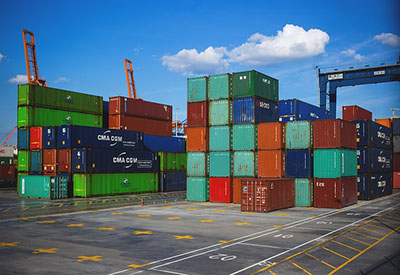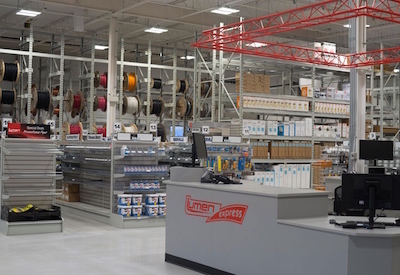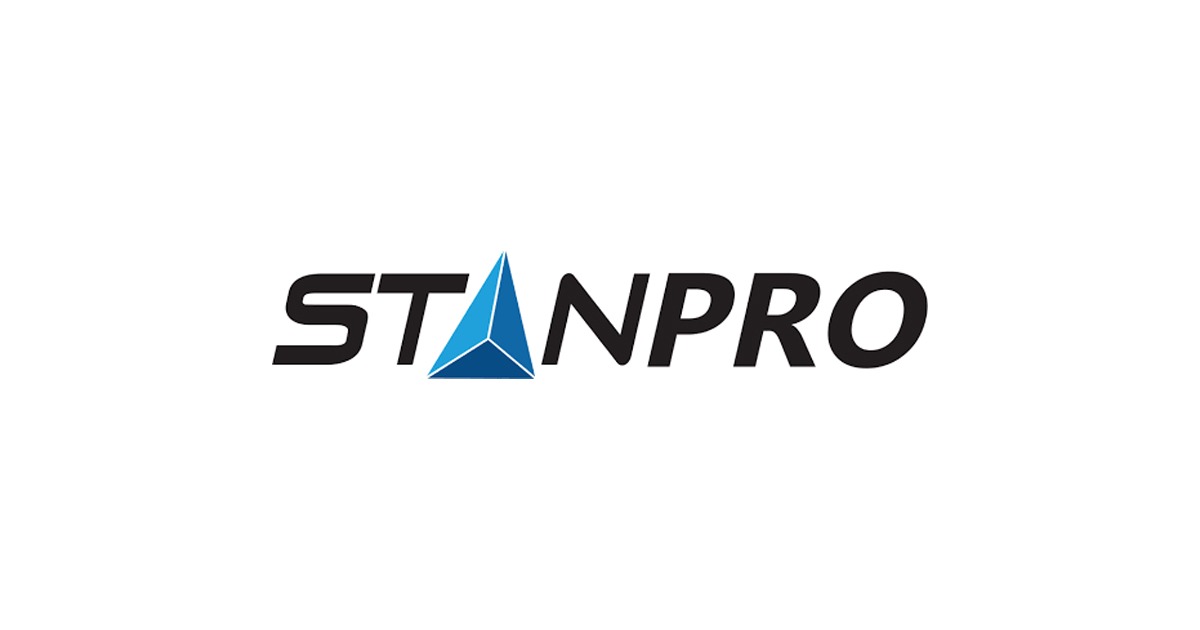Innovation and Export-Market Participation in Canadian Manufacturing

December 13, 2016
By John R. Baldwin, Afshan Dar-Brodeur and Beiling Yan
A paper published by the Analytical Studies Branch of Statistics Canada asks whether research and development drives the level of competitiveness required to successfully enter export markets and whether, in turn, participation in export markets increases R&D expenditures. The executive summary appears below.
Trade and innovation are two important economic forces affecting manufacturing firms. Trade liberalization increases the competition that Canadian manufacturers face from abroad. This reinforces the importance of innovation for manufacturers in general, and exporters in particular. This paper examines the innovation profile of Canadian manufacturing firms and how it relates to their exporting behaviour in the last half of the first decade of the 2000s.
Innovation is a dynamic process that involves many dimensions, and spending on research and development (R&D) is an important component of the innovation process. There are differences in the types of expenditures that fall under the broad rubric of R&D and facilitate innovation. Innovation can involve path-breaking new products and processes, or it can involve more marginal improvements. Firms can perform R&D in-house (intramural), or purchase it or contract it out (extramural). This paper asks whether expenditures on these different types of R&D are related to the export decision of a firm.
This paper asks whether different forms of R&D drive the level of competitiveness required to successfully enter export markets and whether, in turn, participation in export markets has an immediate impact on the emphasis placed on innovation, via R&D expenditures.
The paper finds that Canadian manufacturing firms self-select into R&D and export markets. Canadian non-exporters that subsequently enter export markets are not only larger and more productive, as has been reported for previous decades, but also more likely to have invested in R&D. The existence of either extramural or intramural expenditures in a firm increases its ability to penetrate export markets. After controlling for differences in R&D, the pre-entry productivity level is still an important determinant of the subsequent entry of firms into export markets. This suggests that there are competencies besides R&D that contribute to the differences between firms in pre-entry productivity levels and that facilitate entry into export markets.
Exporting increases the likelihood that firms will subsequently invest in all types of R&D, whether intramural or extramural, immediately after entry into export markets. Entry into export markets is also associated with an immediate increase in the intensity of R&D, but only in the types of extramural expenditures that are generally reported in small firms. Immediately upon entry into export markets (in the same year as entry), R&D intensity increases for export starters relative to their non-exporting counterparts, and remains at this high level in the period after entry. This one-time relative increase points to evidence of simultaneous strategies—movement into export markets and the adoption of a more intense R&D strategy.
Read the full paper: www.statcan.gc.ca/pub/11f0019m/11f0019m2016386-eng.htm.
John R. Baldwin, Afshan Dar-Brodeur and Beiling Yan are members of Statistics Canada’s Economic Analysis Division.











